2024
Terminal 4
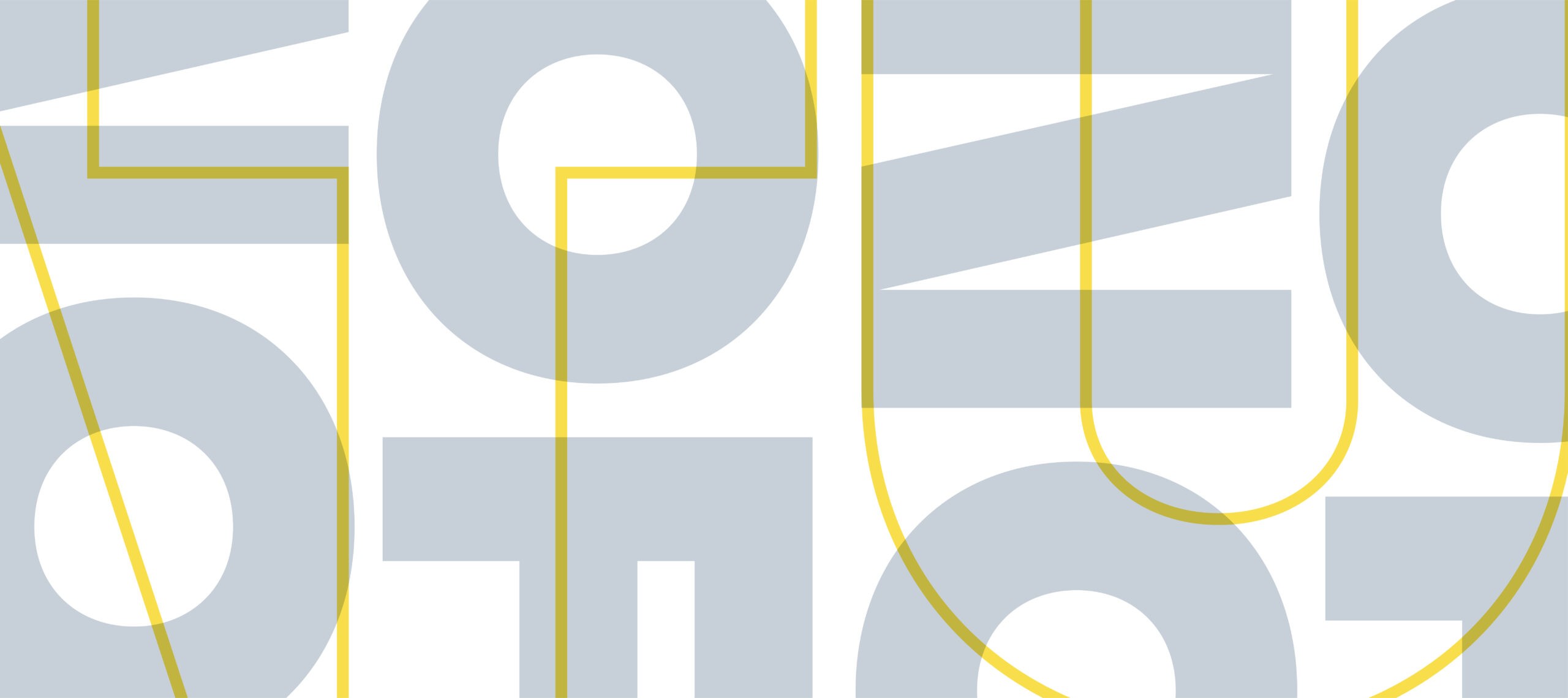
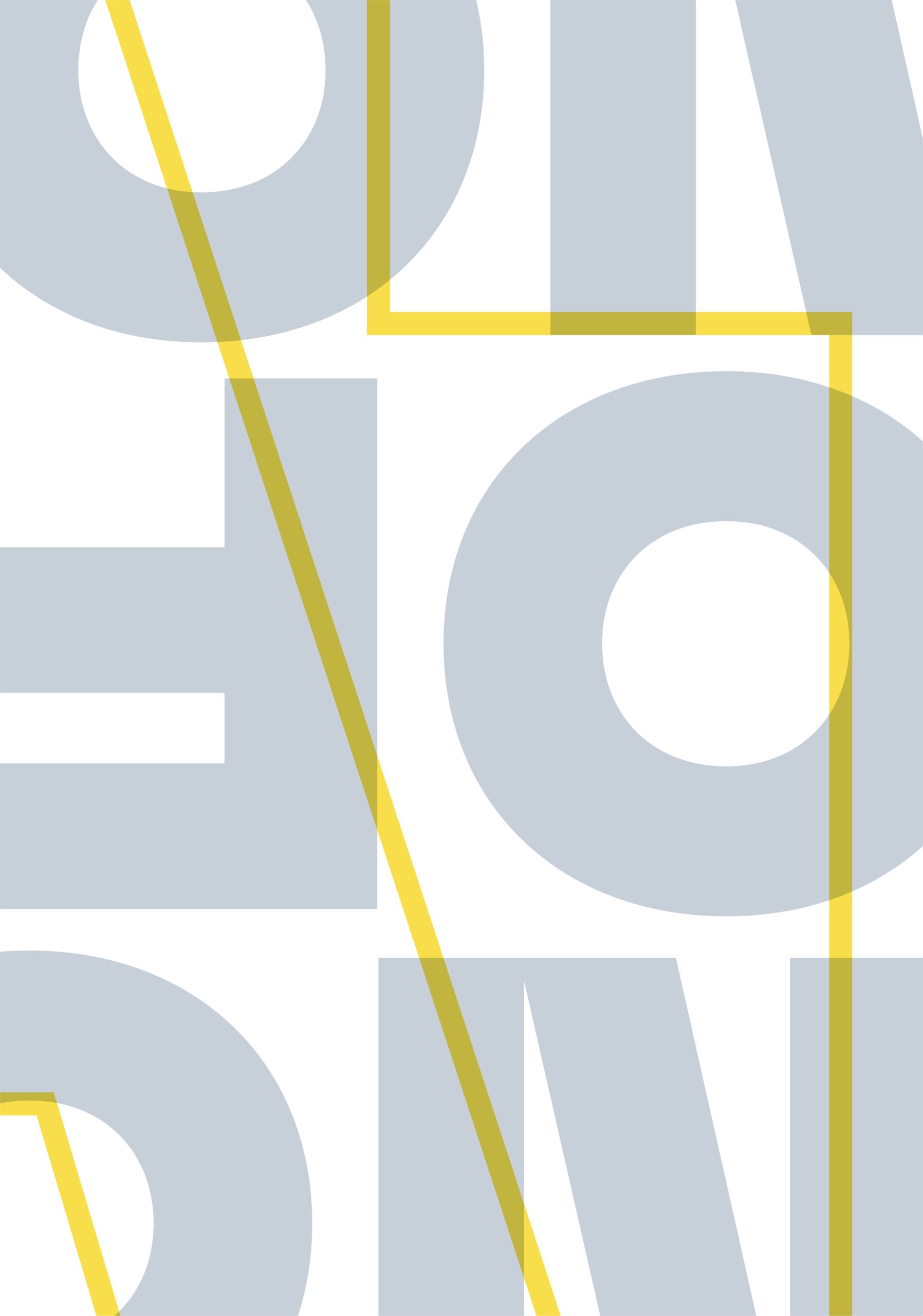
How do we look at an object?
Philosophers have long asked themselves about the ultimate raw material of the world. Is it the atoms and all subsequently discovered cuantas that dilute an object’s borders and make us all interconnected? Is it the relationship an object establishes with its environment? Is the nature of a thing its function? Are objects ideatic composites or rather social constructs that gather and dissipate? When do they become greater than the sum of their parts? Why do the objects before you seem to morph into each other, creating harmony?
Artists & Works
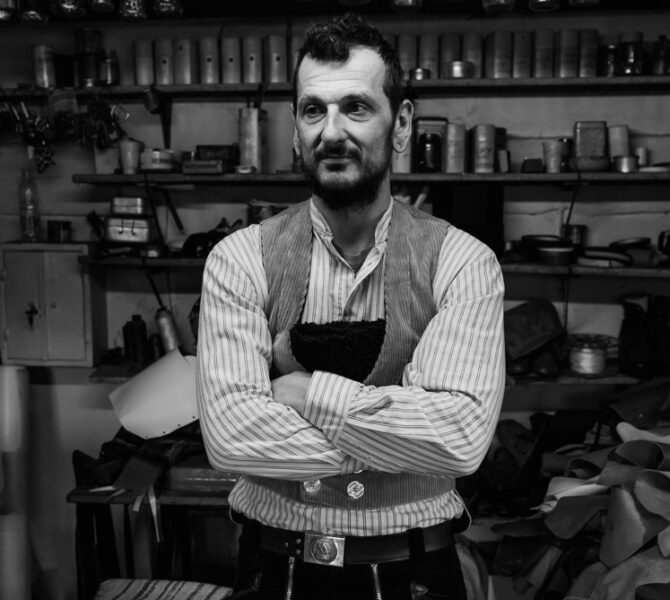
Alex Herberth/KraftMade
KraftMade Research&Lab is a craft and design studio in rural Transylvania by duo Marlene and Alex Herberth, working with heritage techniques, educating for regenerative futures. They create site-specific, materials exhibitions, performative objects and unique capsule collections/editions. Their current practice highlights hands-on education and restoration initiatives via craft techniques that focus on wood, iron and stones, but also textiles, plants, fibers and bones. Their curatorial approach is invasive, visceral and maximalist, addressing all senses and its scope manifest. Their method is interdisciplinary for a regenerative future with aid of heritage research.
METAMORPHOSIS
What if we treated reuse as an art form? is the approach of Alex Herberth in designing a system of planks that can be reconfigured for multiple uses. Starting from the antique technique of stacking and connecting beams to create a basic structure, one of the most ancient way of human construction, he used industrially shaped wood as a Bauhaus material standardisation idea and combined these concepts into a modular unit that is able to metamorphose as needed. The remaining ends that have been cut off the initial material can be freely mounted into and taken out of the structure, without screws, creating the desired volume for the structure and 0 waste quality by design.
Until now it took the shape of a cube during Romanian Creative Week 2022 and then reshaped as a conference table during Romanian Creative Week 2023, waiting for its next metamorphosis.
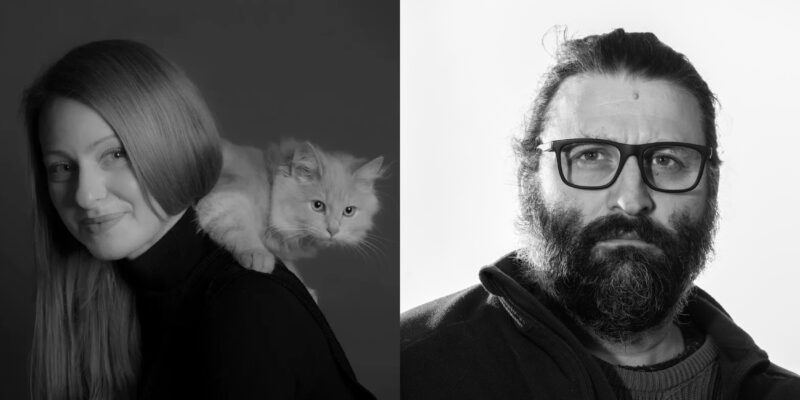
Firekultur & Ramona Biciușcă
Ramona Biciușcă is a visual artist and ceramist with a complex university background. She studied in Romania and Spain, afterwards being part of various collaborative projects in France.
Her work is a journey in an unknown universe, where everything is wonder and discovery. With all that she creates, the artist speaks, on one hand, about light, texture, plenitude or emptiness, on the other about function, meaning, interpretation. Natural microscopic structures are transposed in design objects (lamps, furniture) or in monumental compositions (bas reliefs). Radiolarian and coral models are interpreted and visually exploited through agglomerations and sequences of elements, translated into aesthetic expressions, a true kitchen of futile curiosities.
Daniel Pop, founder of the artistic group Firekultur, is a designer from Iasi, specialised in architectural installations, monumental furniture and object design. In his monumental compositions, the artist chooses geometric simplicity and a captivating chromatic show. Object and furniture installations are created as massive brutalist sculptures, whereas the vulcanic, rugged glazes based on the artists’ last 10 years of research coat the shapes in an unique, organic manner.
White Noise, 2022 – 2024
“We aim for a sensory experience where physical matter induces a sense of closeness, shapes highlighting tactility, sculpting the space not only through form, but also through the experience offered to the viewer. We feel certain that today, ceramics is a multidisciplinary territory, an immersive experience that changes the perception of monumental ceramics – a living organism that absorbs its environment to reflect the moment. It also challenges the perception of the viewer’s self, provoked to discover ways of connecting to their own persona, of introspection.
White Noise codes metaphors about the role of monumental contemporary ceramics into modular structures, expanding into infinite their geometric language, of perceptions about the architectural ambiance holding new conceptual and aesthetic hues.
Each fragment of the work, each sequence of the 300 pieces that compose the 6 sqm porcelain installation is to be read piece by piece. By observing the growing and decreasing forms, visualising the tactile driving the interaction into the abstract, where vibrations, energies and movement of volumes aligns with the intuitive sound environment. Surrendering oneself to the porcelain module rhythm, helps finding a dimension of inner rhythm, where the urban noise that disturbs the equilibrium diminishes, stepping into an oasis of harmony anchored in the present.“ (Maria Bilașevschi)
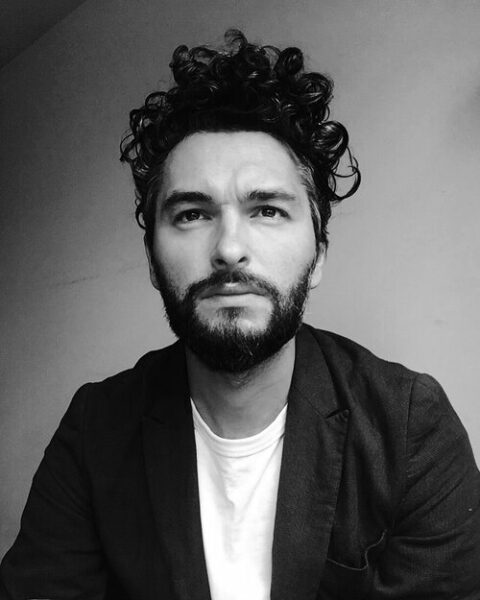
Vlad Țenu
Vlad Țenu is a Romanian-British architect based in London.
From architectural design and teaching to art installations, sculptures, modular assembly systems and wearable art pieces, Vlad’s work is a continuous explorative research into spatiality, scale and materiality. Inspired by underlying processes of nature, his design workflow is a symbiotic mix of art and science involving mathematical concepts and algorithmic techniques.
MINIPLEX
MINIPLEX is a modular system designed by Vlad Țenu, consisting of a single type of components: identical flat pieces that can be connected and re-combined, organically growing into very complex geometric structures. The modules can be made of a variety of materials and, through simple rules of symmetry, they can be assembled into an infinity of possible shapes, just like a Lego brick or a 3D puzzle. The system is born from the idea of an ever-changing piece of design that can be endlessly re-configured into different new arrangements and adapt to its context. The idea of a demountable system allows for the recycling and reuse of all the components.
Curator
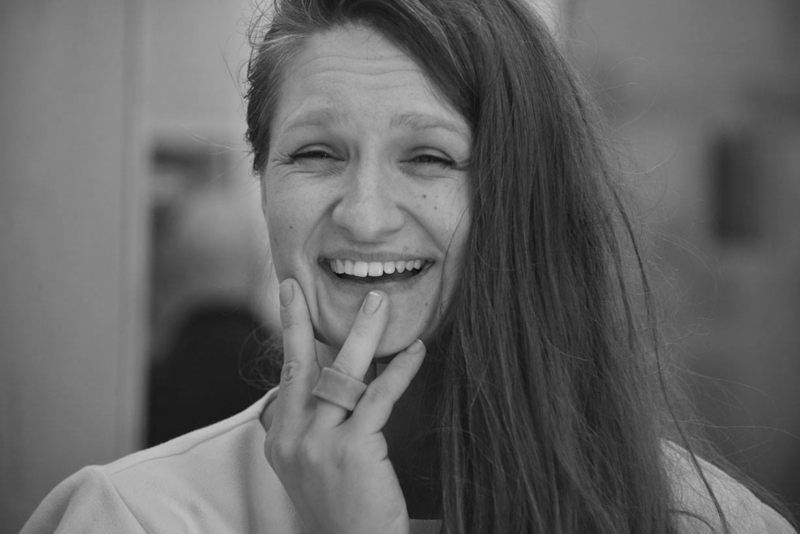
Marlene Herberth/KraftMade
KraftMade Research&Lab is a craft and design studio in rural Transylvania by duo Marlene and Alex Herberth, working with heritage techniques, educating for regenerative futures. They create site-specific, materials exhibitions, performative objects and unique capsule collections/editions. Their current practice highlights hands-on education and restoration initiatives via craft techniques that focus on wood, iron and stones, but also textiles, plants, fibers and bones. Their curatorial approach is invasive, visceral and maximalist, addressing all senses and its scope manifest. Their method is interdisciplinary for a regenerative future with aid of heritage research.